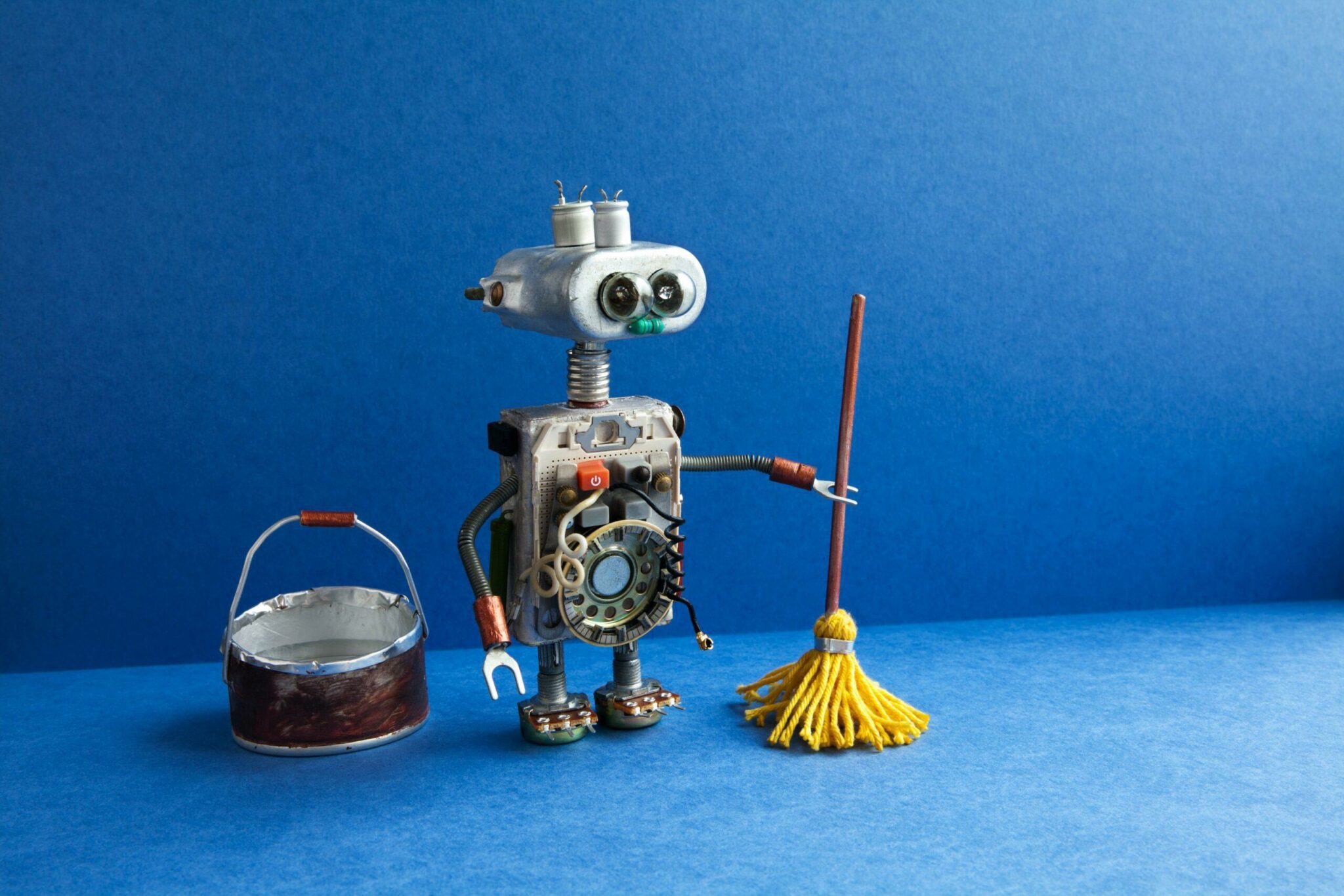Hot Business Trends 2023: Consumer Robotics

What are the prospects for safe use of robots at home? Can they become helpful assistants or empathetic companions? Will 2023 be the time when robots gain a place in the home?
Recently, technology leaders such as Amazon, Google and Dyson have made significant strides in the development of consumer robotics. Robotic devices are gradually penetrating family life. Robotization of everyday life is becoming a significant consumer market and an arena of competition for the hearts of users. And here there is already something to fight for. The consumer robotics market size was valued at US$5.17 billion in 2020 and is projected to reach US$41.78 billion by 2028, growing at a CAGR of 29,83% between 2021 and 2028.
The main product categories in the consumer robotics market are robots for simple household tasks, such as cleaning or transporting items from room to room. Leading companies not only conduct their own developments in this area, but are also actively acquiring promising companies and developments.
Amazon has long been a leading force in warehouse robotics. Today it focuses on the consumer robotics market. In August 2022 the company announced the acquisition of iRobot, maker of the popular Roomba robot vacuum cleaner, for $1.7 billion. The deal is one of Amazon's five largest acquisitions ever.
iRobot was founded by three employees of the Massachusetts Institute of Technology artificial intelligence laboratory. Its robots were originally developed for military purposes. But in 2002, the company began using its technology in vacuum cleaners. The company's experience sets it apart from the rest. iRobot is known for its best environmental scanning algorithms, which can be included in Amazon products such as Astro and Alexa.
Amazon previously participated in a follow-on seed round in 2022 the amount of 3.1 million dollars for Labrador Systems through its Amazon Alexa Fund. Labrador is developing robotic home assistants for people suffering from chronic pain and other illnesses. Its robots can move around users' homes, transport items, and even retrieve items from tables and countertops.
Amazon's own Astro home robot, which it markets as a self-propelled Alexa tablet, also serves as a security system for monitoring homes when the owners are not at home.
Leader of household appliances Dyson is also exploring the potential of its robotics business for household tasks. In May 2022, the company shared a video showing prototype robots performing tasks such as washing dishes, setting the table, picking up toys and other household chores. . The company also said its consumer robot project employs about 700 engineers, representing an impressive investment. While these projects are still in the research and development stage, they indicate the company's interest in deploying advanced robotics that can operate safely in the home.
Google is also entering the battle for the home robot market. In August 2022, the company released video of the robot moving around a kitchen, performing tasks such as opening drawers and placing items on surfaces. To interact with users, the prototype is additionally equipped with conversational chatbot skills. Using AI language processing technology, the company aims to improve the device's interface with the human user.
Beyond helping with household chores, many companies are exploring another purpose robots can serve at home: companionship.
For example, a small robot Intuition Robotics ElliQ designed to communicate with people who spend most of their time at home, especially older people. The bot uses artificial intelligence to conduct natural-sounding conversations - making jokes, playing games and offering tips on creating healthy habits. On average, ElliQ users reportedly interact with the bot 20 times a day.
For today Intuition Robotics raised $56 million from investors such as Samsung NEXT, Toyota Ventures and iRobot. In May 2022, the New York State Office on Aging (NYSOFA) announced about plans to distribute 800 units of ElliQ to seniors.
But friendly bots aren't just for older people. Company Miko offers an AI-powered companion bot to educate and entertain children. The robot can show animated stories, play games and dance. Indian company, which has raised $70 million to date, in August 2022 announced a collaboration with Disney, giving him access to 140 countries.
Despite the potential benefits, manufacturers will have to overcome many challenges if consumer robots are to be widely adopted. For example, home robots will need to operate in much more dynamic environments than those performing repetitive tasks in less volatile environments such as warehouses. Size restrictions are also more relevant for household robots, and safety is paramount for commercial use, especially in homes with pets and children.
Interlocutor robots and companions will also need special security measures. Advances in conversational AI will be key to making robots more responsive and realistic, but companies will have to be careful about how they exploit emotional connections with users. For example, as robots become more feature-rich and conversational, they could also act as powerful data aggregators or advertising platforms for contextual consumption recommendations. In this regard, inevitable criticism of producers is that they exploit loneliness.
But despite all these problems, manufacturers of consumer robots will integrate more and more of their services into this format. In addition to performing physical tasks for users, such as retrieving objects, multifunctional robots can act as convenient gateways to access a variety of services, from music streaming to health monitoring and control of smart home devices.
Many analysts predict that 2023 could be a watershed year for the consumer robotics market, with more sales channels and services moving into this area.
